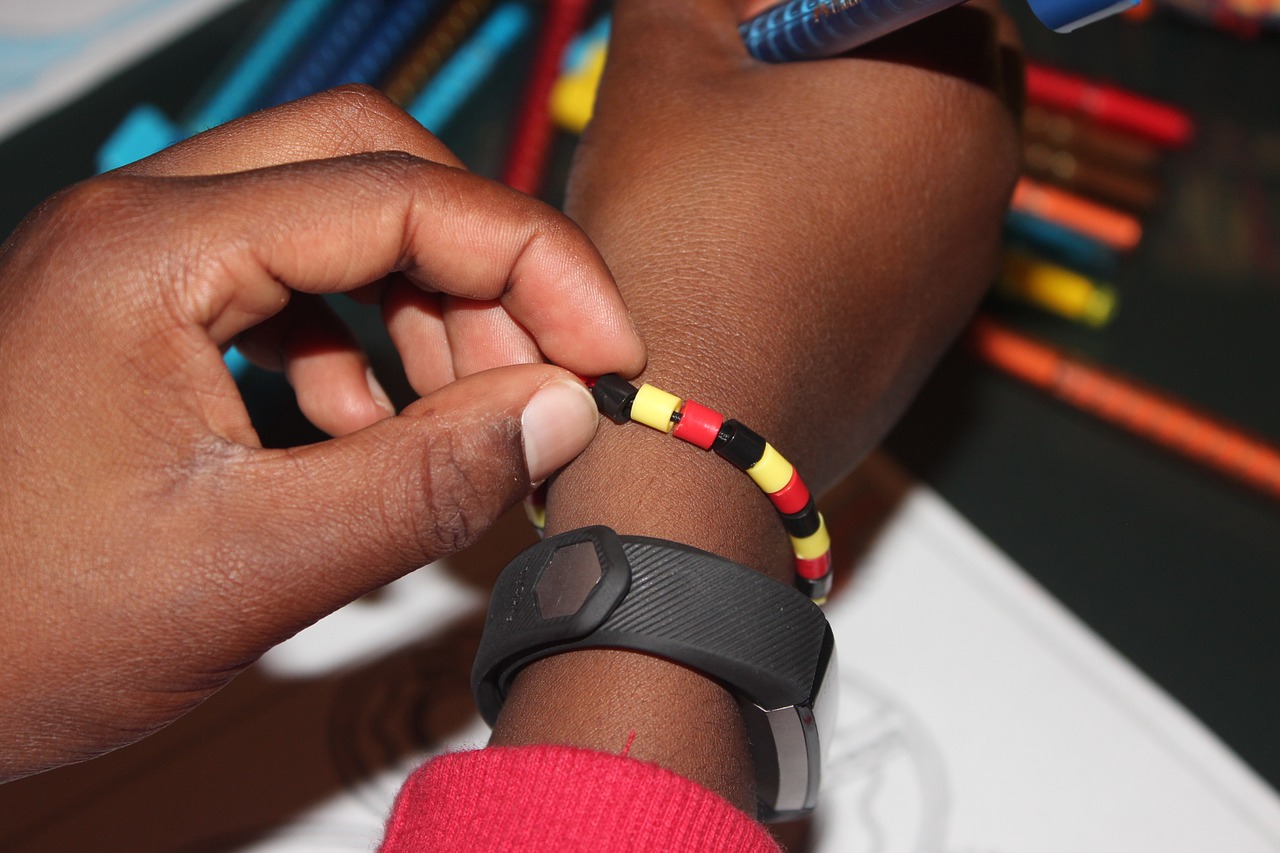News release
From:
New research from the Peter Doherty Institute for Infection and Immunity (Doherty Institute) has found that First Nations populations around the world are significantly more likely to be hospitalised and die from influenza compared to non-Indigenous populations.
Researchers from the Doherty Institute analysed 36 studies that examined influenza hospitalisations and deaths for First Nations and non-First Nations populations globally, finding that hospitalisation and mortality rates were consistently higher in First Nations communities than corresponding benchmark populations.
In Canada, New Zealand and Australia, First Nations people were over five times more likely to be hospitalised with the flu than the benchmark population.
The study’s authors note that data on the rates of severe flu in First Nations populations from low and middle income countries was scarce.
Senior author of the study and Epidemiologist at the Doherty Institute, Royal Melbourne Hospital’s Dr Katherine Gibney said that more needs to be done to determine the disease burden among First Nations populations in Australia and around the world.
“It is critical that governments ensure that people who have the flu have equitable access to healthcare and that vaccination rates are as high as possible,” Dr Gibney said.
“When we are planning for seasonal flu, but especially pandemic flu, we need to have specific and targeted plans for First Nations people that are generated by First Nations people.
“‘Australia did a fantastic job during COVID of having First Nations-led plans that worked well. And if that can be applied to the flu, it would be incredibly valuable.”
Dr Gibney added that surveillance of respiratory virus information is vital for management of the disease.
“When we get information about flu hospitalisations and deaths, we need to capture that individual’s First Nations status to determine whether the gap we have described is closing over time, and to continue to advocate for resources to reduce the disease burden in First Nations populations.”
Co-author of the study, Monash University’s Dr Juliana Betts said the study also shows the need for systemic and political reform.
“Our research emphasises the widespread and ongoing impacts of colonisation on the health outcomes of First Nations communities,” Dr Betts said.
“Solutions to these health gaps largely sit outside of the health sector, in policies that address the many social determinants of health including poverty, housing, education and racism.”



 Australia; New Zealand; VIC; QLD
Australia; New Zealand; VIC; QLD



